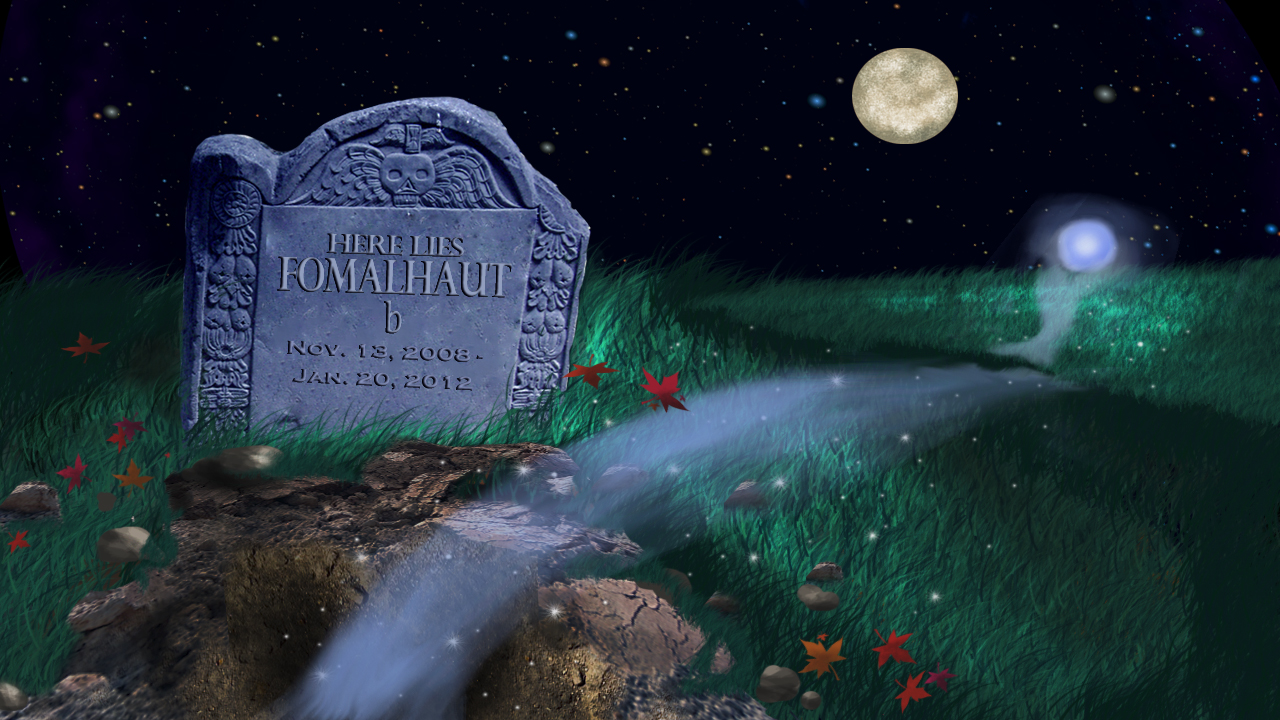Resonant Dust Ring Sculpted by a Super-Earth
A planet twice the mass of Earth shepherds dust near its orbit into a circumstellar ring structure. Both the planet and the dust structure orbit the host star with a period of 5.2 years. Two regions of enhanced dust density lead and trail the planet, which causes periodic localized brightening.
This simulation was computed using NASA GSFC's 420-processor Thunderhead cluster. Stark used the cluster to create a catalog of debris-disk structures caused by Earth-like planets.
The catalog is available at http://asd.gsfc.nasa.gov/Christopher.Stark/catalog.php
This view shows the planet and ring structure from 30 degrees above the planet's orbital plane.
Credits
Please give credit for this item to:
Christopher Stark, NASA/Goddard Space Flight Center
-
Animator
- Christopher Stark (University of Maryland College Park)
-
Producer
- Stefanie Misztal (UMBC)
Series
This page can be found in the following series:Release date
This page was originally published on Tuesday, October 7, 2008.
This page was last updated on Wednesday, May 3, 2023 at 1:55 PM EDT.
